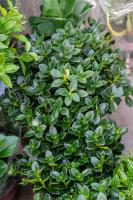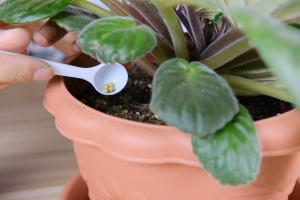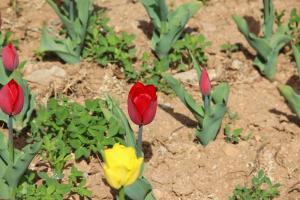Sufficient light
Orchids like shade, but they don't need light. Generally speaking, if the light is sufficient, the nutrients stored in the orchid plant will be more, and the flower buds will develop better. If the light is insufficient, the plant grows luxuriantly, but the nutrients in the body are less, so it is difficult to meet the nutrient demand during flowering
Therefore, increase the light appropriately before flowering, and let the orchids bask more in the sun in spring, autumn and winter
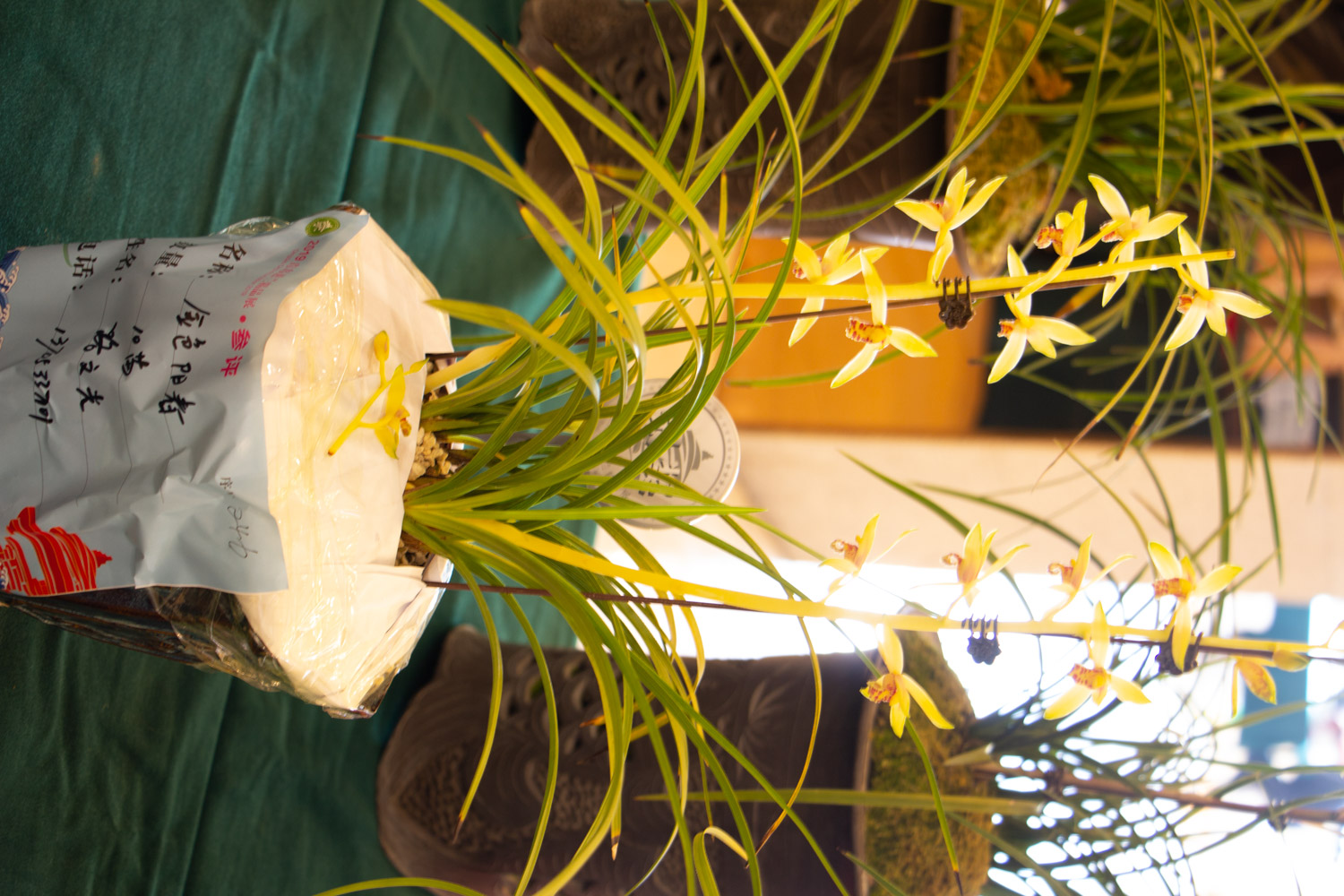
The temperature difference between day and night is large
Photosynthesis and respiration are integrated. The nutrients produced by photosynthesis are greater than those consumed by respiration, and the nutrients will be stored in the body of the orchid plant. Therefore, appropriately reduce the temperature at night and reduce the respiratory effect. Orchid plants accumulate more nutrients, and flowering will be sufficient
Strengthen ventilation at night and strive to keep the temperature difference between day and night at about 10 ℃
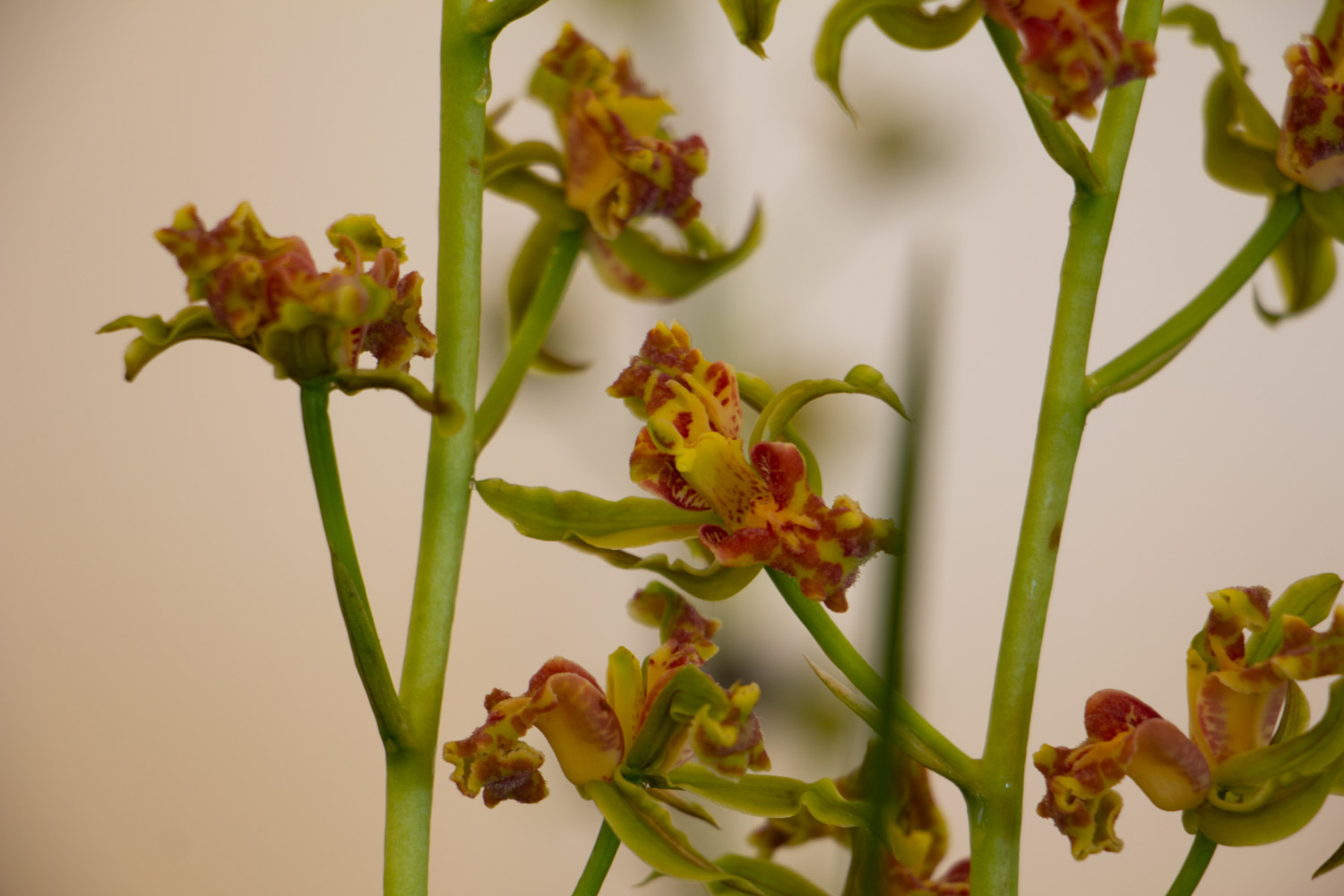
Low temperature vernalization should be sufficient
Time has proved that orchids must undergo low-temperature vernalization before they can bloom at the right time. If the winter temperature is high and the vernalization is not sufficient, the orchid will appear stiff buds, especially the cymbidium. Even if it barely blooms, the product appearance is also very poor
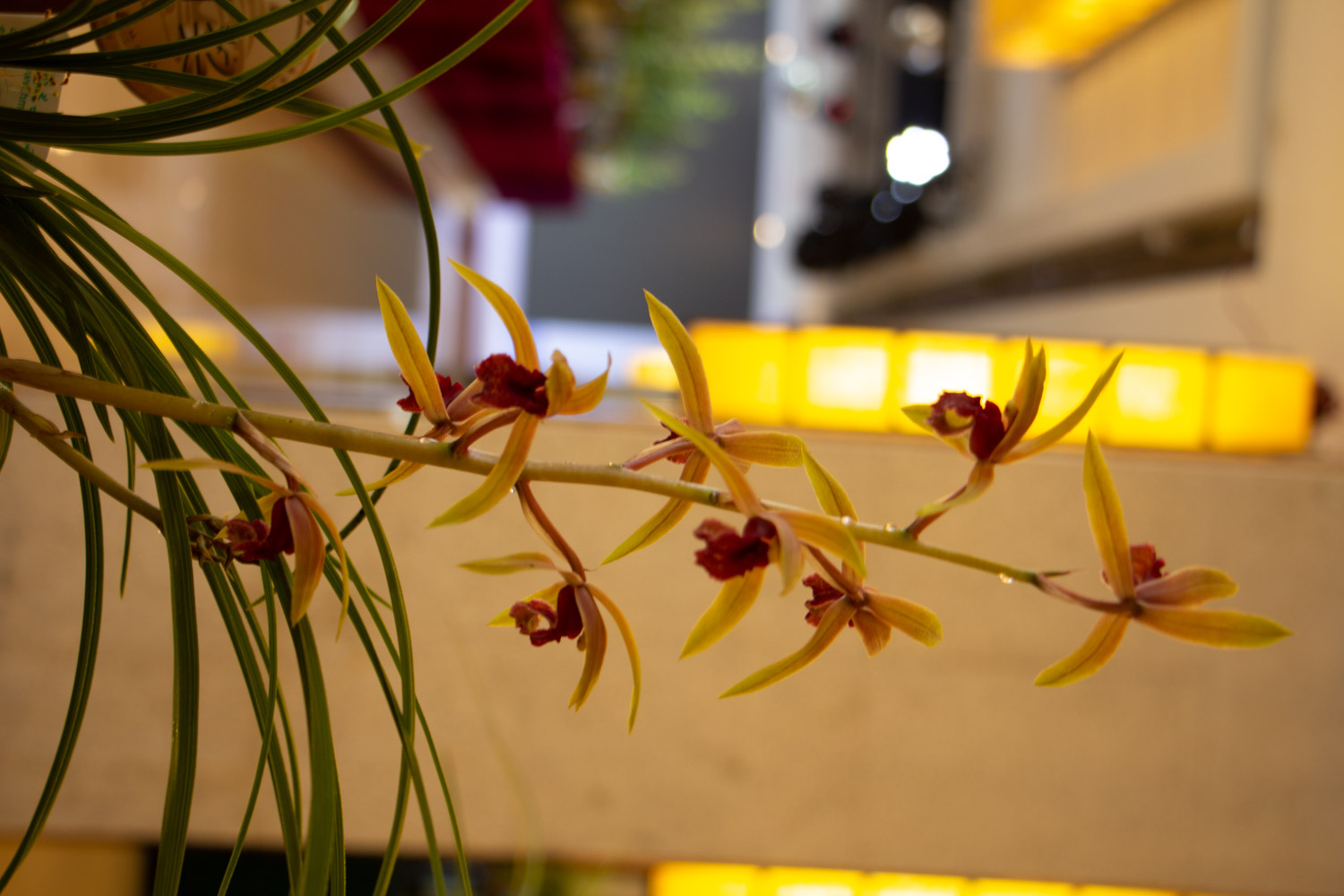
Sparse bud and promote strength
After a winter of dormancy, flower buds will accelerate their growth. At this time, the flower bud can be thinned according to the growth trend of the plant and the principle of removing the weak and retaining the strong. Generally, pots of strong grass and spring orchids are full of two or three flower buds

 how many times do yo...
how many times do yo... how many planted tre...
how many planted tre... how many pine trees ...
how many pine trees ... how many pecan trees...
how many pecan trees... how many plants comp...
how many plants comp... how many plants can ...
how many plants can ... how many plants and ...
how many plants and ... how many pepper plan...
how many pepper plan...